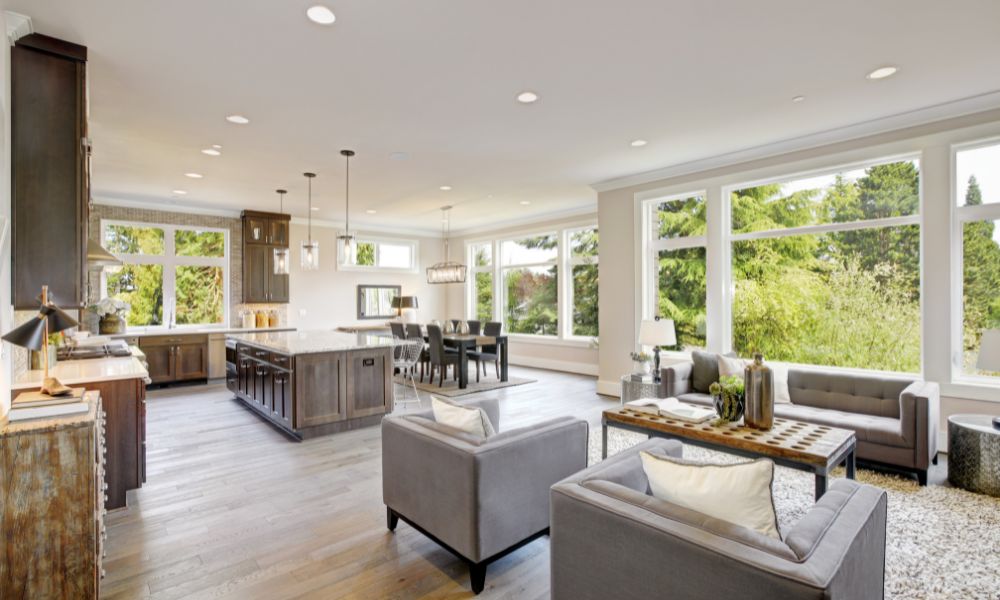Are you building a new home or renovating your current one? One crucial aspect that homeowners often overlook is window placement. Below, you’ll find a guide to strategic window placement for your home, which will help you maximize your space’s functionality, efficiency, and overall feel.
Assessing Your Home’s Orientation
When planning your window placement, you should start by examining your home’s orientation. The direction your home faces plays a significant role in how much natural light and heat you’ll get throughout the day. You’ll want to align your window layout to take advantage of solar orientation. This will maximize natural light and solar heat gain in winter while minimizing them in summer.
For instance, if you live in the Northern Hemisphere, south-facing windows generally receive the most sunlight, while north-facing windows receive minimal sunlight. East- and west-facing windows will get sunlight in the mornings and afternoons, respectively. However, this light is harder to regulate as it is slanted and can cause glare and overheating.
Maximizing Natural Light
Besides orientation, size and window types also affect natural light in your home. Larger windows let in more light, opening up spaces and reducing the need for artificial lighting. Additionally, choosing windows with a higher glazing specification (such as double-glazed windows) can significantly reduce heat loss, thereby increasing energy efficiency.
When positioning windows for natural light, the key is to consider the rooms in your home where sunlight is most necessary. For instance, bedrooms, kitchens, and living areas benefit from natural light more than utility areas or bathrooms. You can also opt for clerestory windows or skylights, which provide natural light without sacrificing privacy in certain rooms.
Considering Privacy and Views
Aside from emphasizing natural light, window placement must also consider privacy concerns and views. You’ll want to avoid placing windows in areas that directly face your neighbor’s property, which could lead to an uncomfortable living environment. If direct views are unavoidable, consider installing frosted windows, shutters, or blinds to maintain privacy.
On the other hand, if your property offers attractive views, optimize your window placement to take advantage of them. Floor-to-ceiling windows or large bay windows can instantly transform a space and create an indoor-outdoor feeling. Also, smaller strategically placed windows can also frame specific views, adding depth and interest to a room. You should weigh the pros and cons of vinyl, wood, and aluminum window materials for all new installations. But know that aluminum is likely the best choice for large windows.
Use this guide to strategic window placement for your home to help you achieve a perfect balance between functionality, efficiency, and aesthetic appeal. By thoughtfully considering your home’s orientation, natural light, privacy, and views, you can create a living space that looks great and feels comfortable, bright, and energy efficient.







